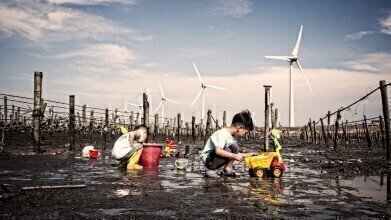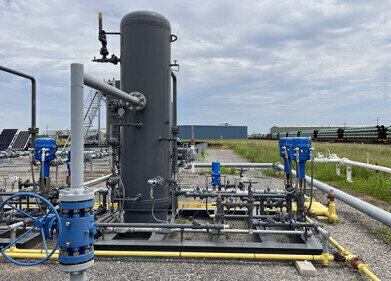Air Clean Up
What Is Pollution Inequality?
May 13 2018
Air pollution is a problem faced by people all over the world. In fact, the latest figures published by the World Health Organisation (WHO) show that over 90% of the global population suffer from poor or even damaging levels of pollution.
But while it may be a worldwide issue, there is a clear division between those from poor countries and those from rich ones. Even more concerningly, that pollution inequality is widening, not narrowing; the latest report from the WHO estimates that in excess of seven million people are killed prematurely by air pollution every year, with the majority of those residing in developing nations.
The rough and the smooth
The recently released report from the WHO represents the most comprehensive study of air pollution to date, encompassing data from air quality monitoring stations in over 4,300 cities in 108 countries around the world. That’s a 30% increase from the last pollution study, published in 2016.
There was some encouraging news this time around: analysis of particulate matter (PM) concentrations from the Americas and Europe showed an improvement in 57% of cities in the former continents and 61% of cities in the latter. This is largely due to a range of initiatives aimed at improving air quality and reducing transport-related pollution, such as tightening up emissions standards on passenger vehicles and discouraging the sale of diesel cars.
However, these gains were offset by decreasing air quality in other parts of the world, most notably in south Asia, south-east Asia and the Middle East. That was nowhere more prevalent than in less affluent regions; 97% of cities with low- or middle-income wages and more than 100,000 residents suffered from unsafe levels of PM contamination. By contrast, only 49% of cities suffered the same fate in high-income countries.
Planning for change
In order to reduce pollution inequality and bring down the seven-million annual death toll, it’s imperative that these developing nations implement reforms and help their populations practice more environmentally-friendly habits.
The authors of the report highlighted China as an example of a country that has entered a new air in air quality monitoring of late. Since the recent scandal over dangerously high levels of pollution in Beijing, Zhengzhou and other major cities, colloquially known as “airpocalype”, the Asian superpower has poured more money into environmental reforms than any other country in the world. However, the battle is far from over in China or elsewhere.
“There are cities and regions where improvement is happening,” explained Sophie Gumy, one of the lead authors on the WHO paper. “But even if things have started to move, they aren’t moving quickly enough. Seven million deaths is a totally unacceptable figure. The fact that 92% [of people] are still breathing unacceptable air is the news. Pollution remains at dangerously high levels.”
Events
Apr 18 2024 Shanghai, China
Apr 22 2024 Hannover, Germany
Apr 23 2024 Kuala Lumpur, Malaysia
Apr 24 2024 Sao Paulo, Brasil
May 05 2024 Seville, Spain














